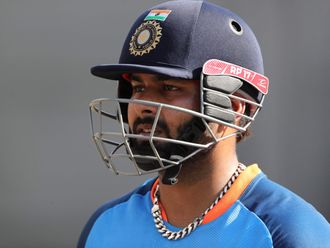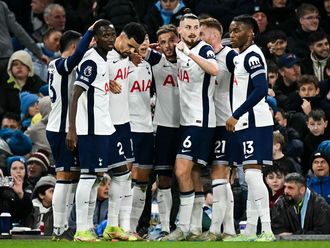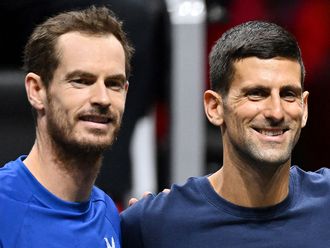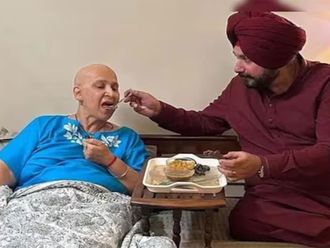
The 2018 Asia-Pacific Amateur Championship (AAC) runner-up Rayhan Thomas, who virtually grew up at Dubai Creek Golf & Yacht Club, home of the 2021 AAC, gives us an inside look at what to expect at the Thomas Bjorn-redesigned course.
At Dubai Creek Golf & Yacht Club, everybody loves Ray. Not Ray Romano, but Rayhan Thomas.
It’s hard not to fall for the charms of a bespectacled and chubby nine-year-old, who embraced the sport with the seriousness of a scholar. According to father, John, Thomas would spend more time at the driving range of Dubai Creek than at his school.
As he grew up, it was his game that wowed everyone. From junior par-3 competitions to club open championships – there is not a single Roll of Honour on the club walls that does not bear his name.
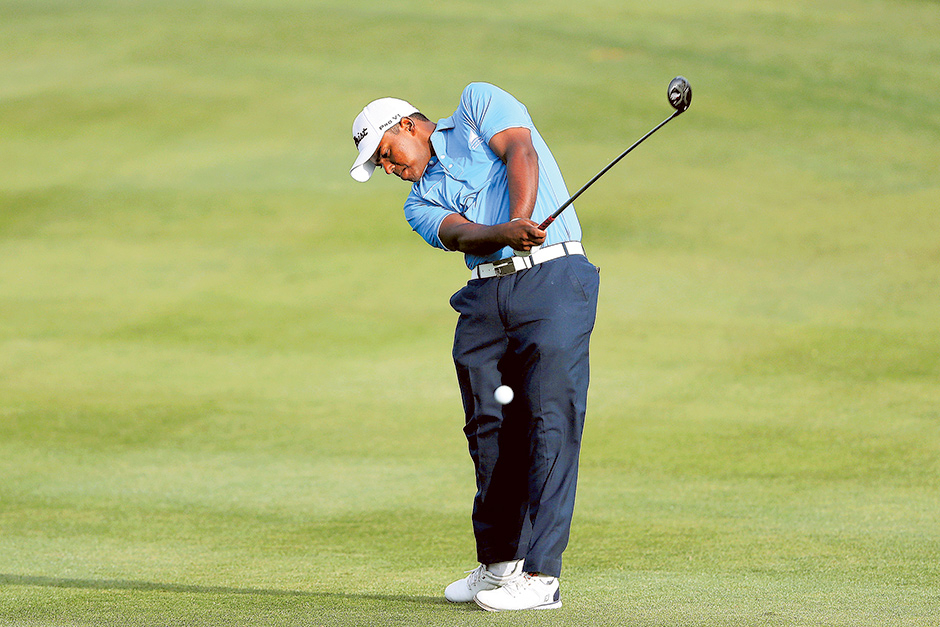
The pinnacle, of course, was that balmy September morning of 2017. Playing the second round of the Dubai Creek Open on the MENA Tour alongside 2011 Open champion Darren Clarke, a rampant Thomas matched the world record of nine straight birdies in an Official World Golf Ranking event (matching Mark Calcavecchia at the PGA Tour’s 2009 RBC Canadian Open), and also claimed the course record with a bogey-free 10-under-par 61.
Thomas, who finished tied for runner-up in 2018 Asia-Pacific Amateur Championship (AAC) a year later in Singapore, knows the golf course better than most others.
Thomas, who is a member of the Oklahoma State University men’s golf team, will not be competing in the 2021 AAC, but shared his thoughts on the five key holes that will help to shape the championship at Dubai Creek.
Hole No. 2
Par 4
407yards
“Two is a really good hole. It’s kind of a tight drive. I typically have hit a hybrid or a three wood in the afternoon because the wind tends to switch. It puts me in a place where I am in between the water and the bunker. I don’t want to get too close to the edge of the water because it is quite narrow up there. Anything between 240 to about 260 yards is good, and that would leave you with anything between a wedge to an 8-iron.
“Two is a really important hole because the wind gets tricky, especially in the afternoon, and you don’t want an early bogey. It comes off the left and it’s a little confusing, because sometimes you think it’s not hurting as much as it does. If you end up short, you will go into the water.”
Hole No. 5
Par 3
158 yards
“On the front nine, I’d say five is another crucial hole. It’s a short hole by most standard, but the main factor here is the wind, which can be very difficult to judge, especially as you are hitting from a protected tee to an exposed green. It’s about a 145- to 165-yard shot depending on where they put the pin. But it’s really easy to misjudge the wind. It’s easy to fall short and you never want to go long on that hole.
“The problem in reading the wind here is also because it is constantly swirling and switching. One good tip I have for the fifth, and I benefited a lot from it, is to just look up towards the palm trees and see what the canopy of the trees are doing. That would give you a good judge of what’s happening out there.”
Hole No. 13
Par 5
536 yards
“No. 13 is a great par five. The island green makes it a very good risk-reward hole. If you lay up, the wedge shot is not too difficult. However, going for it opens up the chance for an eagle, which is a huge reward, especially on Saturday evening. At the same time, if you don’t completely commit to that second shot and find water, you can make a quick bogey or double.
“I have a tip from Darren Clark for that hole. He told me that if you don’t have an iron in your hand, you shouldn’t really be going for that green just because it’s so tight. That’s something I’ve stuck to. Unless I have like a four iron or less in my hand, I won’t go for it. In the mornings, you’d be able to get a nice iron in if you have a good drive. But the wind is straight into your face in the afternoon. It’s hard.”
Hole No. 17
Par 4
350 yards
“The 17th is an awesome hole. I’ve played it a couple different ways – I’ve hit a four-iron short of the right fairway bunkers, leaving myself a simple nine-iron/wedge second shot. I’ve also hit driver all the way up there. If you hit it over the fairway bunkers and in the right rough, it’s not too bad. Or, if you hit it close to the 10th green, it’s actually a pretty good angle into the green. Either play works.
“You don’t want to hit driver into the left greenside bunker, because that’s just really awkward bunker shot from there. It’s a great hole coming down the stretch because you can make a pretty easy birdie, but at the same time, if you had a bad drive, or if you just pull your second shot, you can make a really quick bogey.”
Hole No. 18
Par 4
423 yards
“The iconic 18th hole is just one of my favourite holes in the whole world.
“In golf, I think the tee shot is really important, because it just sets up what’s going to happen next. Obviously, with water down the left, your tee shot becomes critical. I always hit a driver here, just because I think it’s the best play and gives you the best chance to make a good score. The second shot is equally important on 18, with the water in front.”
“I think most of the time, if you’re in the middle of the green, you’re doing pretty well. Anything back right is tough. But typically, I think anything middle of the green and two-putting and getting a par is a great score. If you can par 18 every day, you’d be gaining at least a couple of shots on the field.”



